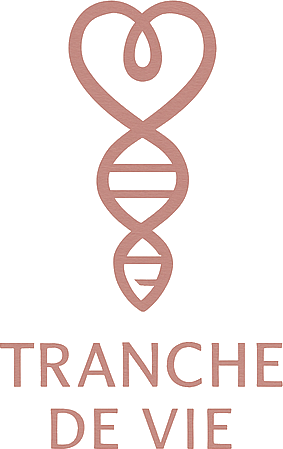When technology meets the emergency of life
AI & Biodiversity Series — Article 1/8
Introduction
Every day, sensors scattered across the globe record a steady humming sound from nature:
- bird song,
- the chattering of the mangroves,
- the stealthy steps of nocturnal wildlife,
- DNA traces lingering in the water.
All living entities are talking to us. And now we have tools that enable us to listen and understand on a large scale. Among these, artificial intelligence (AI) opens up unprecedented possibilities. On condition, however, that it is used with caution and restraint.
The modern-day paradox
We have never gathered so much data on biodiversity, and yet it has never been so fragile.
- Terabytes of audio recordings,
- Millions of images from camera traps,
- Continuous satellite feeds.
Analyzing all of these data manually has become impossible. AI can help—not to replace human effort, but to amplify it smartly. It sorts, classifies, detects, and alerts. But the nuance is essential: yes, AI can serve living systems, but not just any old way.
A series to help you understand without getting lost
The GaiaSentinel series offers an eight-part journey that blends wonder and clarity.
What is already working (Articles 2–4)
- Bioacoustics: listening to ecosystems and detecting rare species.
- Computer vision: analyzing millions of images and eDNA sequences.
- Remote sensing & oceans: mapping habitats, unlocking the hidden from space.
Challenges & safeguards (Articles 5–6)
- Biases, energy footprint, surveillance risks.
- The GaiaSentinel ethical framework for a sober and accountable AI.
Taking action (Articles 7–8)
- Practical toolkit for NGOs, nature reserves, and communities.
- Case studies: feedback and lessons learned in the field.
Our Compass: Real Impact and Sobriety
For GaiaSentinel, AI is not an end in itself, but an amplifier of meaning. Our choices are based on four pillars:
1. Measurable ecological impact, rather than technical complexity.
2. Energy efficiency, in the light of the hidden costs of computing and storage.
3. Local governance, with the consent of the communities directly affected.
4. Transparency, regarding biases, limitations, and impact metrics.
Why now?
Because time is running out. Because the tools already exist. Between mindless enthusiasm and outright rejection, a third path is being paved: that of useful, accountable AI, guided by clear principles. Among them is Principle VII — “Apoptosis”: knowing when to withdraw if the impact becomes harmful.
What to expect next ?
The next articles will explore specific cases:
- Audio sensors that detect the presence of elusive species as soon as they make their first calls.
- Algorithms that filter millions of images to speed up inventories.
- Satellite analyses that reveal illegal fishing in the open sea.
But also the very real limitations:
- the energy footprint,
- the bias in favor of “charismatic” species,
- the risk of sliding into surveillance.
Each step will be illustrated with practical guidelines and simple ethical questions to ask yourself, so you can act locally with sound judgment.
An Enticing Invitation to Simplicity
The GaiaSentinel approach combines technology and responsibility: frugal tools, public metrics, trackable decisions, and the ability to say “stop” if the ecological outcome is not what was intended.
The world that is opening up seems almost magical: listening to forests, seeing the invisible from space, connecting tenuous clues to better protect biodiversity.
But this is our reality. And you can be part of it.
Key points
AI & biodiversity can form a valuable alliance if we keep sobriety as our compass and actual impact as our goal.
Next article:
“Bioacoustics: when AI listens to ecosystems”
Further reading
🔗 See the IPBES report on biodiversity and technology

